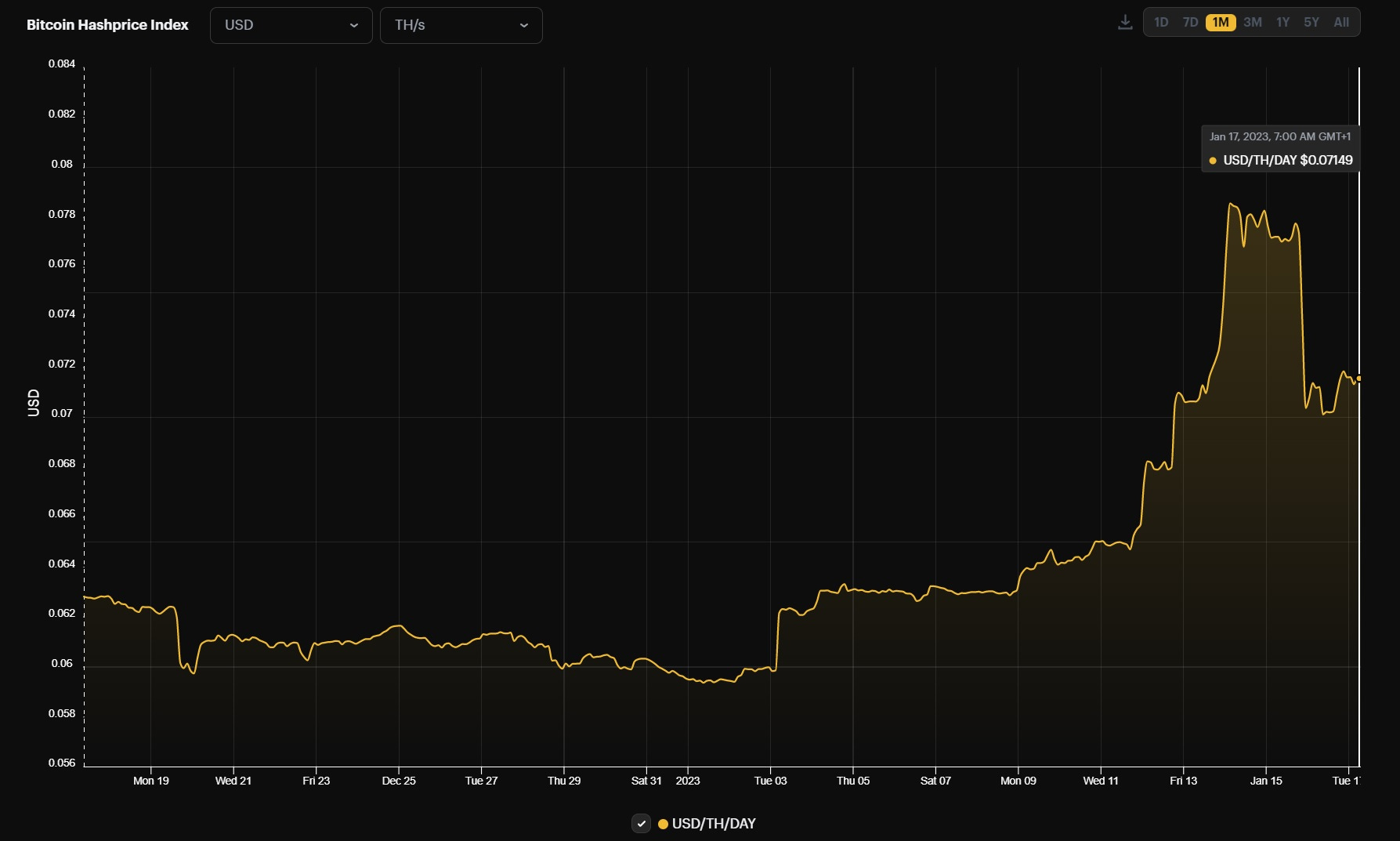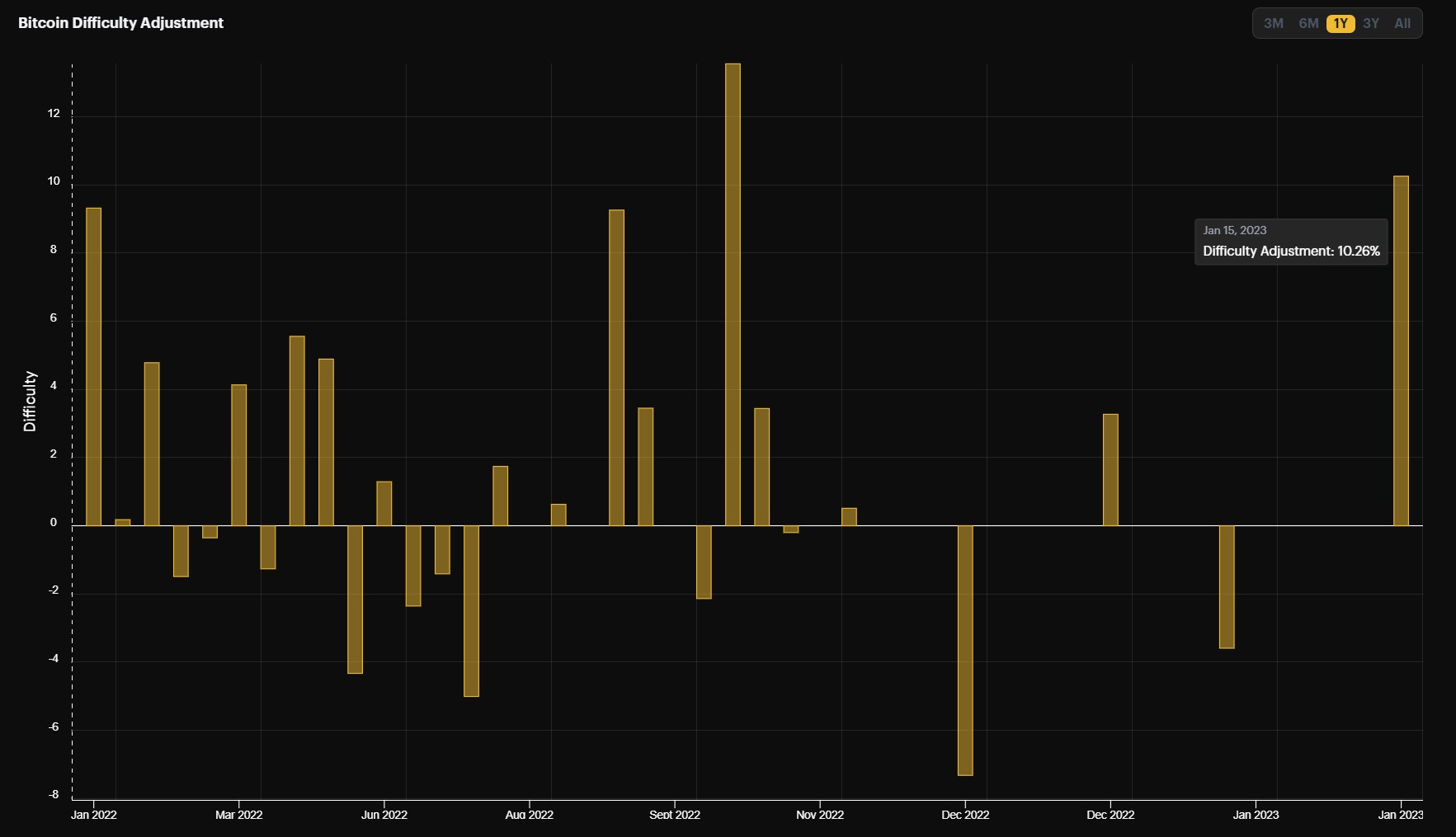Ethereum on-chain data suggests ETH sell pressure could be a non-event after the Shanghai upgrade


A recent Binance report details the status of Ether staking and explores why the Shanghai upgrade may not result in the ETH sell pressure some traders have predicted.
The upcoming Ethereum Shanghai hard fork is slated to occur in March 2023, and the upgrade will cap off the network’s move to proof-of-stake (PoS), which started during the Merge on Sept. 15, 2022. Once Shanghai is implemented, previously locked Ether (ETH) will gradually become liquid for the first time since December 2020.
According to on-chain Etherscan data, over 16.6 million ETH is currently locked in the PoS staking protocol, which was valued at $28 billion on Feb. 16, 2023. Ethereum’s move from proof-of-work (PoW) to PoS has started to achieve the original goal, which was to make Ether’s supply deflationary. In the 154 days since the Merge, over 24,800 ETH has been burned to make the token 0.05% deflationary on a yearly basis.


On. Feb. 16, the total Ether supply sits at 120 million, meaning that a little over 10% of the supply will be unlocked, with yield rewards starting with the Shanghai update.
Let’s explore what on-chain metrics can help identify what may happen during the Shanghai upgrade.
A portion of locked ETH is liquid thanks to liquid staking derivatives
In order to benefit from yield rewards before the Shanghai update, investors had to lock their ETH and run a reliable node. The minimum staking requirement of 32 locked ETH is entirely illiquid, meaning traders had limited utility options for these coins.
Liquid staking derivatives (LSD) allow users to benefit from staked Ether while retaining the ability to sell the derivative token received on the secondary market. The LSD protocols took a fee and locked the native Ether, giving users another token that represents a stake in the pool.
Liquid staking derivatives did not gain prominence until Lido and other protocols began to see a rush of cash flow after the Merge. Since Ether staking began, liquid staking has surpassed illiquid staking. As of Feb. 13, 57% of staked Ether is liquid versus 43% illiquid.


Since a majority of the locked Ether is through LSD, investors currently have access to liquidity, which could reduce sell pressure post-Shanghai.
Very few stakers are in profit
Back in December 2020 when Ether staking opened, the price of Ether ranged from $400 to $700. Conversely, many investors began staking when Ether was near its all-time high of $4,200. According to Binance:
“We note a sizable amount of ETH (around 2M) was staked at prices in the US $400–700 range — this represents the earliest stakers in Dec 2020 — a group that is likely illiquid given that liquid staking was far less known at the time.”
Because of Ether’s 69% correction since hitting an all-time high, many of the investors who staked their Ether are currently at an unrealized loss.


The minority of stakers who are in profit are likely to be strong believers in the Ethereum network since the date for liquidity was still unknown at this time. With a large number of stakers at a loss and those who are profitable likely to be long-term investors, Ether’s price may not see a massive dump when the tokens are able to be unstaked.
Lido overtakes solo stakers
On Jan. 2, 2023, Lido officially overtook MakerDAO as the highest total value locked in decentralized finance. As of Feb. 13, Lido is also the largest staking entity in Ether. With over 5 billion ETH staked in Lido, the protocol represents 29.2% of all entities. Notably, almost 30% of all stakers have the option for current liquidity through Lido.
Solo stakers who run nodes took a risk to run nodes from home or with a small group. Solo stakers likely believe that Ether is a long-term currency since nodes carry cost and risk. Solo stakers currently make up 24.9% of all stakers.


With nearly 55% of all staked Ether being held by either solo stakers or Lido, the risk of an Ether price dump may be reduced.
While the on-chain data surrounding the Shanghai fork may be bullish for the Ethereum network, some analysts are still predicting the potential for a sharp downside in Ether’s price.
The views, thoughts and opinions expressed here are the authors’ alone and do not necessarily reflect or represent the views and opinions of Cointelegraph.
This article does not contain investment advice or recommendations. Every investment and trading move involves risk, and readers should conduct their own research when making a decision.





















































